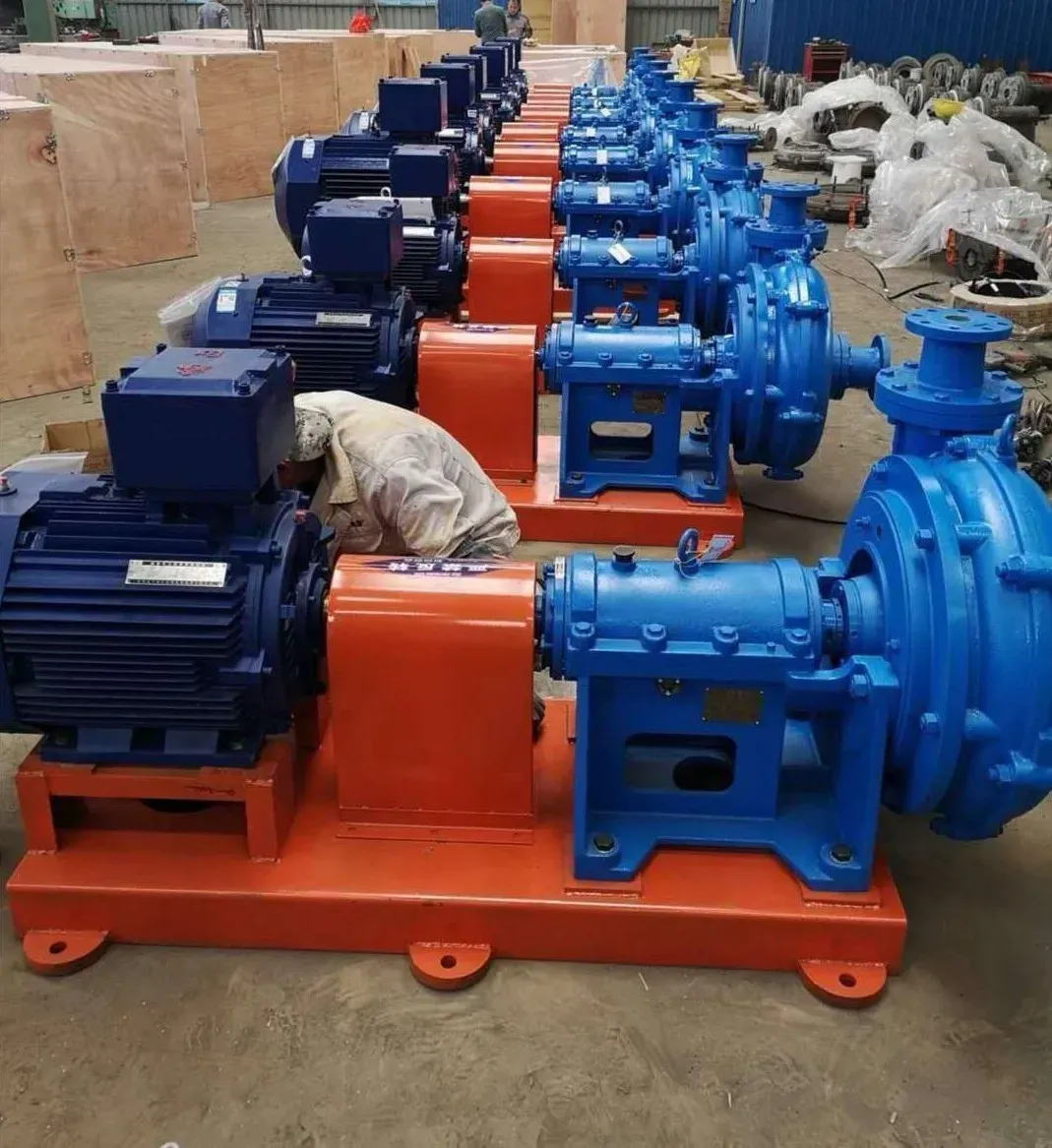Indonesian
- Afrikaans
- Albanian
- Amharic
- Arabic
- Armenian
- Azerbaijani
- Basque
- Belarusian
- Bengali
- Bosnian
- Bulgarian
- Catalan
- Cebuano
- Corsican
- Croatian
- Czech
- Danish
- Dutch
- English
- Esperanto
- Estonian
- Finnish
- French
- Frisian
- Galician
- Georgian
- German
- Greek
- Gujarati
- Haitian Creole
- hausa
- hawaiian
- Hebrew
- Hindi
- Miao
- Hungarian
- Icelandic
- igbo
- Indonesian
- irish
- Italian
- Japanese
- Javanese
- Kannada
- kazakh
- Khmer
- Rwandese
- Korean
- Kurdish
- Kyrgyz
- Lao
- Latin
- Latvian
- Lithuanian
- Luxembourgish
- Macedonian
- Malgashi
- Malay
- Malayalam
- Maltese
- Maori
- Marathi
- Mongolian
- Myanmar
- Nepali
- Norwegian
- Norwegian
- Occitan
- Pashto
- Persian
- Polish
- Portuguese
- Punjabi
- Romanian
- Russian
- Samoan
- Scottish Gaelic
- Serbian
- Sesotho
- Shona
- Sindhi
- Sinhala
- Slovak
- Slovenian
- Somali
- Spanish
- Sundanese
- Swahili
- Swedish
- Tagalog
- Tajik
- Tamil
- Tatar
- Telugu
- Thai
- Turkish
- Turkmen
- Ukrainian
- Urdu
- Uighur
- Uzbek
- Vietnamese
- Welsh
- Bantu
- Yiddish
- Yoruba
- Zulu
Telephone: +86 13120555503
Email: frank@cypump.com
Nov . 02, 2024 03:45 Back to list
pressure pump for pipeline
Pressure Pumps for Pipeline Systems A Critical Component for Fluid Transport
In the world of fluid transport, pressure pumps play an integral role in ensuring that liquids and gases are efficiently moved through pipelines. As industries continue to grow and expand, the demand for effective and reliable pressure pumps has never been more critical. This article will explore the significance of pressure pumps in pipeline systems, their operational mechanisms, types, and considerations for selection and maintenance.
The Importance of Pressure Pumps
Pressure pumps are designed to exert force on fluids, increasing their pressure to enable movement through pipelines. They are crucial in various applications, including water supply, oil and gas transportation, chemical processing, and irrigation systems. The efficiency and reliability of these pumps directly influence the overall productivity and safety of pipeline operations.
In many cases, pressure pumps are necessary to overcome gravitational forces, frictional losses, or pressure drops that occur within the piping. For instance, in a long-distance water distribution system, a pressure pump is essential to maintain adequate flow rates and ensure that water reaches its destination without a significant drop in pressure.
Types of Pressure Pumps
There are several types of pressure pumps used in pipeline systems, each designed for specific applications and conditions. The most common types include
1. Centrifugal Pumps These pumps use rotational energy to move fluid, making them ideal for low-viscosity fluids. They are widely used in water supply and sewage systems due to their efficiency and simplicity.
2. Positive Displacement Pumps Unlike centrifugal pumps, positive displacement pumps move fluids by trapping a fixed amount and forcing it into the discharge pipe. They are suitable for high-viscosity fluids and are commonly utilized in oil and gas applications.
3. Submersible Pumps These pumps are designed to be submerged in the fluid they are pumping, typically used in groundwater extraction or sewage pumping where the pump needs to be below the surface.
pressure pump for pipeline

Selection and Maintenance
When selecting a pressure pump for a pipeline system, several factors must be considered
1. Fluid Characteristics Understand the properties of the fluid being transported, including viscosity, temperature, and corrosiveness. This will dictate the type of pump best suited for the application.
2. Flow Rate and Pressure Requirements Calculate the necessary flow rate and pressure for the system to ensure that the selected pump can meet these demands.
3. Energy Efficiency Choose pumps that operate efficiently to reduce energy consumption and operational costs.
4. Maintenance Needs Regular maintenance is crucial for the longevity of pressure pumps. Create a maintenance schedule that includes inspection, cleaning, and timely replacement of worn parts.
Conclusion
Pressure pumps are vital for the efficient operation of pipeline systems across various industries. Their ability to move fluids effectively ensures that operations run smoothly, impacts productivity, and maintains safety standards. By understanding the different types of pumps available and the critical factors involved in their selection and maintenance, businesses can optimize their fluid transport systems, reduce downtime, and enhance overall performance. Investing in quality pressure pumps and a robust maintenance strategy is an essential step for any organization relying on pipelines for their operations.
-
Horizontal Split Case Pump with GPT-4 Turbo | High Efficiency
NewsAug.01,2025
-
ISG Series Pipeline Pump - Chi Yuan Pumps | High Efficiency, Durable Design
NewsAug.01,2025
-
Advanced Flue Gas Desulfurization Pump with GPT-4 Turbo | Durable & Efficient
NewsJul.31,2025
-
ISG Series Vertical Pipeline Pump - Chi Yuan Pumps | Advanced Hydraulic Design&Durable Construction
NewsJul.31,2025
-
ISG Series Vertical Pipeline Pump - Chi Yuan Pumps | Energy Efficient & Low Noise
NewsJul.31,2025
-
pipeline pump - Chi Yuan Pumps Co., LTD.|High Efficiency&Low Noise
NewsJul.31,2025










